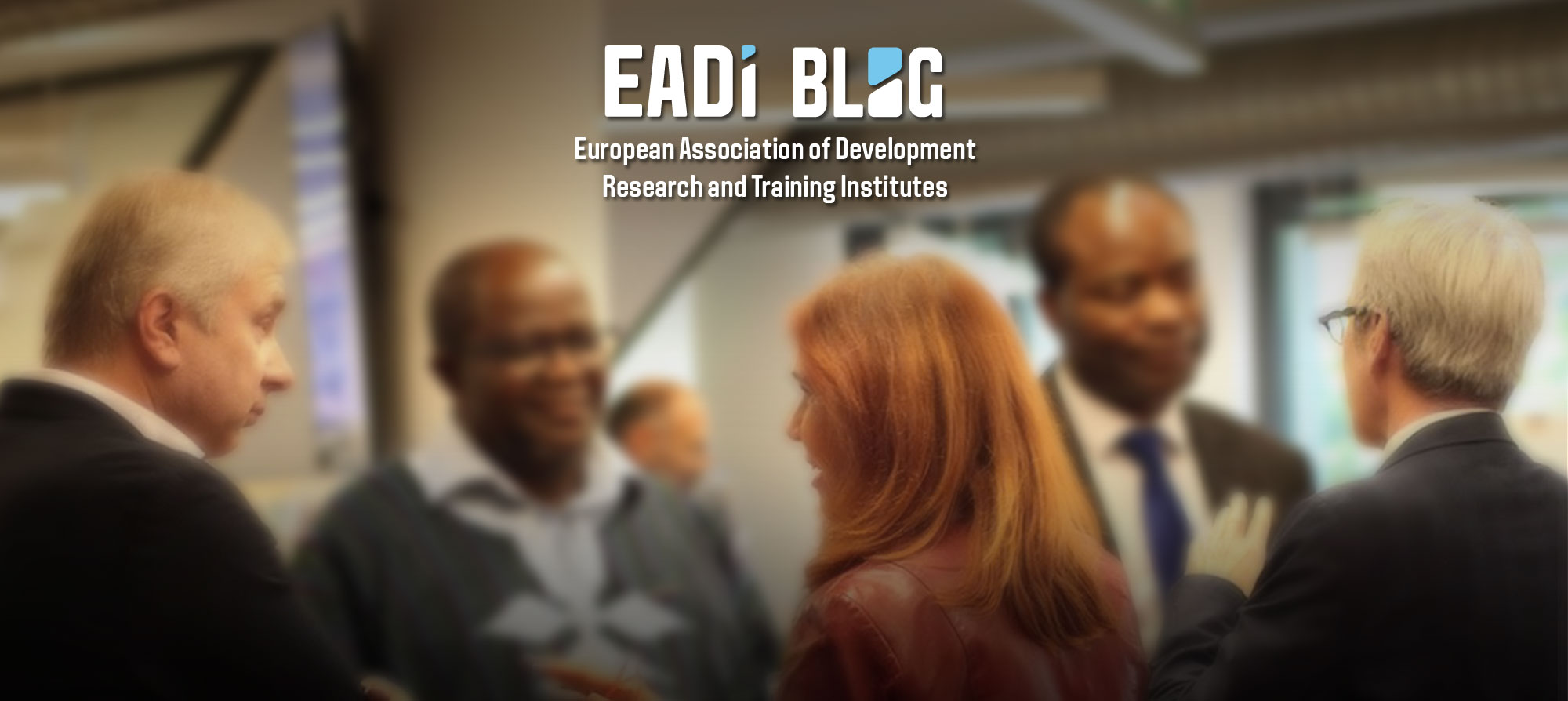By Arpita Bisht
Of all natural resources, mineral aggregates (sand and gravel) have been the fastest growing and most extracted material group over the 21st century. This growth has not only been associated with large-scale ecological degradation, but also with violent extractive operations on local levels.
Given that sand and gravel are heavily used in the construction industry, particularly in concrete production, it comes as no surprise that the growth of infrastructure is the main driver for the overall rise in their consumption. What’s more, since 1970, increasing aggregate consumption has largely been observed in the global South—in regions which have witnessed massive economic and infrastructure growth.
However, on top being ecologically destructive, this infrastructure growth has also been socioeconomically inequitable. For instance, expanding urbanization has produced extreme socio-spatial fragmentation and exclusionary development within mega-cities, where spaces of high wealth and conspicuous consumption co-exist alongside spaces of impoverishment and deprivation. Moreover, extractive frontiers of sand across the global South are plagued with violence and ecological degradation.
These development trajectories, especially related to the production of built environments, necessitate radically rethinking society’s aggregate consumption and distribution strategies. In my recent paper I suggest five alternative pathways for countering the current trend.
Five Post-growth alternatives for socially equitable and ecologically sustainable aggregate utilization
1) Reduction of consumption
The primary requirement, with respect to aggregate consumption, is to focus on reduction of total aggregate throughput once sufficiency in housing, material, energy, and basic commodities, is achieved. This would include reducing superfluous, wasteful, low-social utility, and luxury applications, particularly for projects focused exclusively on increasing individual and corporate wealth, or GDP growth. Where production of new infrastructures and buildings is necessary, it should be primarily aimed towards achieving housing sufficiency and providing common, communal public built environments. New production should also occur in a way that enhances the longevity of structures. Finally, all new production should be undertaken with (at least) partially recyclable materials to enhance recycling and improve material circularity and reduce material loops.
2) Degrowth cities: smaller, slower, and more sustainable
Large, globalized cities are increasingly driven by industry, business, or other corporate interests. They are increasingly characterized by standardized landscapes, homogenous architectures and planning styles, large space allocation for vehicles, fast paced lives, and ever-increasing presence of business and shopping complexes. They also serve as points of migration for labor and result in draining resources and investment from rural regions. They often lead to peri-urban or rural land dispossession, either directly, or through expanding urban gentrification.
Architecture, spatial planning, and design are linked to the ways in which daily lives of residents and patterns of consumption are shaped, and have important impacts on both well-being of residents, as well as the ecological burdens of built environments. This is why post growth thinking suggests to completely rethink the way in which cities, towns and even villages are built: to reconceptualize, plan, and construct the built environment aiming at maximizing conviviality, community building, economic localization, equity, environmental sustainability, local ecological preservation, and local cultural preservation.
3) Vernacular architectures, designs, and knowledges
The last century has witnessed ever increasing homogenization of architectures and building materials. This is largely linked to the mass production of certain materials, for example concrete, and designs. However, the readoption of vernacular architectures and materials can offer an important strategy to reduce aggregate consumption whilst also enhancing several other aspects of socially and ecologically just built environments.
Since vernacular and traditional architectures carry within them embedded cultural technologies, designs, and knowledges, their expansion and proliferation can help preserve and maintain important cultural knowledges. Expansion of such architectures are also likely to be more conducive to decentralized production and easier to skill people in, particularly because they use locally available resources and do not require high technology, capital, and energy inputs. They also have higher degree of scope for ‘frugal innovations’ in construction, and potential for decentralized implementation at smaller levels of government, for example, villages, towns or cities.
4) Beyond concrete
Modern concrete is currently the world’s most consumed man-made material and has increasingly covered more built area globally since the late 1800s. It has significant negative environmental impacts, beginning from its production (high consumption of energy and water) to its use (increasing concretization has harmful effects on local groundwater recharge). It is also the largest consumer of mineral aggregates. One of the most urgent needs, therefore, is to reduce concrete use.
Historically, construction has used diverse materials, such as earth materials, bamboo, wood, minerals, rocks etc. An extensive field of research on earth materials, and earth architecture already exists which aims to design ecologically lighter materials for modern building applications. Earth architectures and materials are diverse and locally accessible. They often have high degrees of location-specific energy efficiency, provide good noise and thermal insulation as well as regulation of indoor humidity, and are non-toxic and non-allergenic.
Moreover, discarded materials such as plastics, rubber, industrial waste, and demolition waste can also be used for construction, thus enabling closing of concrete circulatory loops.
5) Megastructures
Certain forms of large-scale aggregate consumption—such as megastructures, are either wasteful, harmful, or have extremely low social utility, and should be strongly regulated, limited, and even banned.
Mega-structures include extremely tall buildings and mega-structures for events. Although sand use in such individual structures’ accounts for a relatively smaller portion of national or global sand use, it still represents wasteful consumption of a limited resource. Moreover, these applications of aggregates can have large implications with respect to creating local sand frontiers and generating localized sand scarcities and ecological distribution conflicts.
Conclusion
The way urbanization and transport infrastructure development have been operationalized in much of the global South over the last four decades has led to massive increases in the global extraction and consumption of mineral aggregates. Along with large scale ecological degradation at frontiers of sand extraction across the world, this growth is already leading to global and local sand scarcities.
On the other hand, the utilization of these increasing quantities of sand resources has been socially inequitable, with many uses resulting in exacerbating various forms of social inequities. As such there is an urgent need to rethink the social consumption of sand resources at various scales—globally, nationally, as well as locally.
Although more mainstream strategies such as enhancing efficiency of cement and concrete production, re-using and recycling demolition waste, and sustainable housing development are important complimentary strategies which need to be expanded, they are not sufficient to reduce global aggregate use. Instead, more holistic, systematic, and critical solutions are needed to address the ongoing patterns of over-consumption and inequitable distribution of sand resources.
This article is based on the paper “Sand futures: Post-growth alternatives for mineral aggregate consumption and distribution in the global south”, Ecological Economics, Volume 191, January 2022
Arpita Bisht is Marie Sklodowska-Curie LEaDing PostDoctoral Fellow at The International Institute of Social Studies, Erasmus University Rotterdam, The Hague, the Netherlands
Image: India Water Portal under a Creative Commons Licence on flickr
Note: This article gives the views of the author, and not the position of the EADI Debating Development Blog or the European Association of Development Research and Training Institutes

